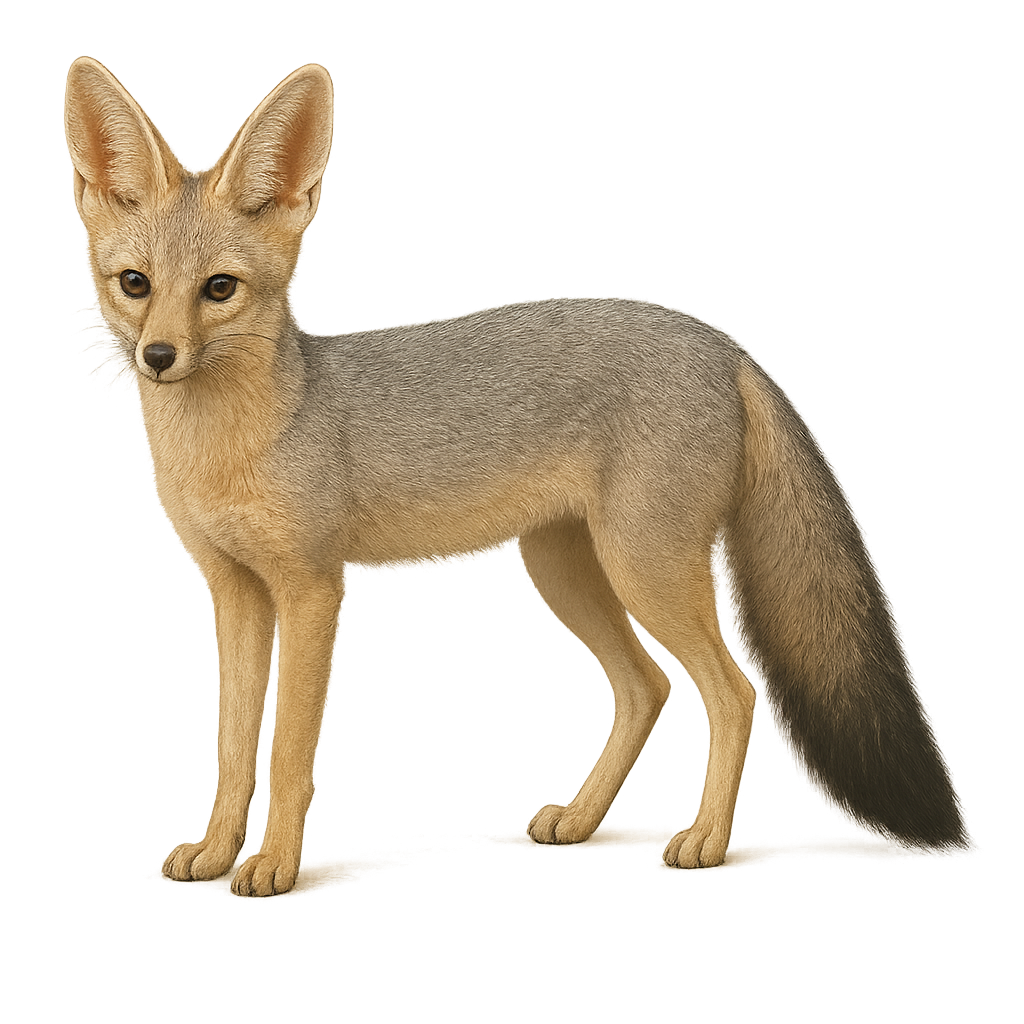Your wildlife photography guide.
Explore the blanford's fox in detail, study its behavior, prepare your shots.
Where to observe and photograph the blanford's fox in the wild
Learn where and when to spot the blanford's fox in the wild, how to identify the species based on distinctive features, and what natural environments it inhabits. The WildlifePhotographer app offers tailored photography tips that reflect the blanford's fox’s behavior, helping you capture better wildlife images. Explore the full species profile for key information including description, habitat, active periods, and approach techniques.
Blanford's Fox
Scientific name: Vulpes cana

IUCN Status: Near Threatened
Family: CANIDAE
Group: Mammals
Sensitivity to human approach: Suspicious
Minimum approach distance: 10 m
Rut period: December to January
Gestation: 50-53 jours
Births: February to March
Habitat:
Arid regions, mountains, rocky areas
Activity period :
Mainly active at night, generally discreet during the day.
Identification and description:
The Blanford's fox, or Vulpes cana, is a small canid primarily inhabiting the arid and mountainous regions of the Middle East. It is distinguished by its modest size, measuring about 40 cm in length, with a bushy tail almost as long as its body. Its fur is generally gray with shades of brown, allowing it to blend into its rocky environment. This fox is mainly nocturnal, helping it avoid the high daytime temperatures. It is omnivorous, feeding on small mammals, insects, fruits, and occasionally carrion. Although relatively unknown, it plays a crucial role in its ecosystem by regulating prey populations and dispersing seeds.
Recommended lens:
400mm – adjust based on distance, desired framing (portrait or habitat), and approach conditions.
Photography tips:
To photograph the Blanford's fox, it is advisable to use a telephoto lens of at least 400 mm to capture detailed images from a distance, as this animal is naturally suspicious. Focus on twilight or nighttime hours to increase your chances of seeing it active. Be patient and discreet, blending into the environment to avoid scaring it away. Use a tripod to stabilize your camera in low-light conditions, and remember to check your ISO settings to avoid digital noise.
The WildlifePhotographer App is coming soon!
Be the first to explore the best nature spots, track rutting seasons, log your observations, and observe more wildlife.
Already 1 430 wildlife lovers subscribed worldwide

